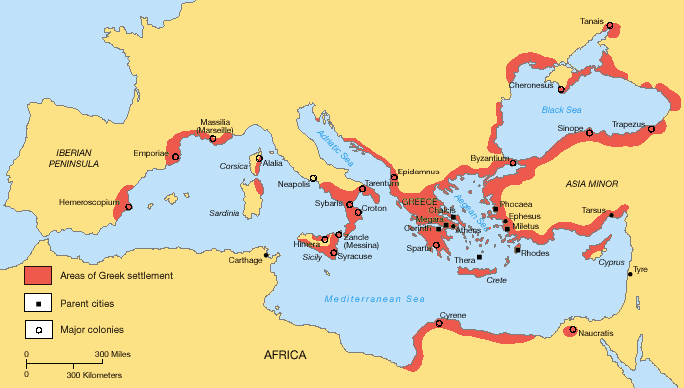

No Greek founder ( Ausones who became Hellenised) Hippokles of Euboian Kyme and Megasthenes of ChalkisĬ.470 BC (previously a 7th century harbour of Kyme known as Parthenope)Ĭhalkis (with Zankle and Messenian refugees)Īntimnestos of Zankle (or perhaps Artimedes of Chalkis) It does not list all the Hellenic settlements, only those organised around a polis structure. This is a list of the 22 poleis (city states) in Italy, according to Mogens Herman Hansen. Head- Kantharos of a Female Faun or Io, red-figure pottery, South Italy, 375-350 BC Archimedes constructed weapons powered by compressed air, weights and counterweights, according to Ctesibius and Hero. His grandson Hieronymus however made an alliance with Hannibal, which prompted the Romans to besiege the city, which fell in 212 despite the machines of Archimedes, described by Proclus in his commentary on Euclid's Elements. Only Syracuse remained independent until 212 because its king Hiero II was a devoted ally of the Romans. Sicily was conquered by Rome during the First Punic War. The other Greek cities in Italy followed during the Samnite Wars and the Pyrrhic War Taras was the last to fall in 272. The first Greek city to be absorbed into the Roman Republic was Neapolis in 327 BC. Some of these Hellenic colonies still stand today such as Neapolis ("New City", now Naples), Syracuse, Akragas (Agrigento), Taras ( Taranto), Rhegion (Reggio Calabria), or Kroton (Crotone). The most important cultural transplant was the Chalcidean/ Cumaean variety of the Greek alphabet, which was adopted by the Etruscans the Old Italic alphabet subsequently evolved into the Latin alphabet, which became the most widely used alphabet in the world. An original Hellenic civilization soon developed and later interacted with the native Italic civilisations. With colonization, Greek culture was exported to Italy in its dialects of the Ancient Greek language, its religious rites and its traditions of the independent polis. Ancient geographers differed on whether the term included Sicily or merely Apulia, Campania and Calabria, Strabo and Livy being the most prominent advocates of the wider definitions. The Romans called this area Magna Graecia (Latin for "Greater Greece") since it was so densely inhabited by the Greeks. Colonies began to be established all over the Mediterranean and Black Seas (with the exception of Northwestern Africa, in the sphere of influence of Carthage), including in Sicily and the southern part of the Italian Peninsula.

In the 8th and 7th century BC, due to demographic crises (famine, overcrowding, etc.), stasis, a developing need for new commercial outlets and ports, and expulsion from their homeland after wars, Greeks began to settle in southern Italy. Strabo also used the term to refer to the size of the territory that had been conquered by the Greeks, and the Roman poet Ovid used the term in his poem Fasti.įurther information: Greeks in pre-Roman GaulĪccording to Strabo's Geographica, the colonization of Magna Graecia had already begun by the time of the Trojan War and lasted for several centuries. The term Magna Graecia first appears in Polybius' Histories, where he ascribed the term to Pythagoras and his philosophical school. They also influenced the native peoples, such as the Sicels and the Oenotrians, who became hellenized after they adopted the Greek culture as their own. These settlers, who began arriving in the 8th century BC, brought with them their Hellenic civilization, which left a lasting imprint on Italy (such as in the culture of ancient Rome). 'Greater Greece', Ancient Greek: Μεγάλη Ἑλλάς, Megálē Hellás, Italian: Magna Grecia) was the name given by the Romans to the coastal areas of Southern Italy in the present-day Italian regions of Calabria, Apulia, Basilicata, Campania and Sicily these regions were extensively populated by Greek settlers.


 0 kommentar(er)
0 kommentar(er)
